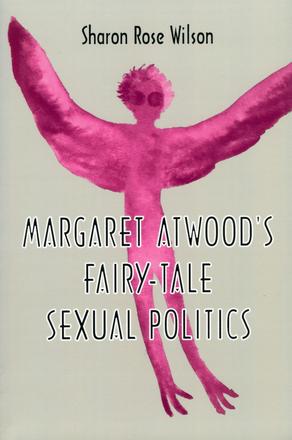
Margaret Atwood's Fairy-Tale Sexual Politics
Intriguing investigation of fairy-tale images in Atwood's haunting fiction, poetry, and artwork
Description
Sharon Rose Wilson's analysis of Margaret Atwood's sexual politics through a study of fairy-tale patterns offers a new reading of Atwood and a fresh appreciation of the traditional fairy tale's ability to illuminate modern literature. Not only is this the first study to explore systematically Atwood's fiction and poetry through fairy-tale images, but also it occasions the first time Atwood has allowed examples of her artwork to be published in a book.
In relating Atwood's fragile, mysterious paintings, collages, linocuts, drawings, and cartoons to her writing, this study shows how such fairy-tale images-along with myths, the Bible, history, film, art, and popular literature-reveal archetypes in her work. The engaging writing and the eerie visual art of Margaret Atwood braid together fairy-tale themes from Grimm and Andersen with the feminist concerns for which this internationally acclaimed Canadian author is well known.
In The Handmaid's Tale, for example, she presents her version of Little Red Riding Hood facing patriarchy's wolf. In almost all her novels she explores the “Rapunzel Syndrome,” in which women experience internalized isolation. In joining Atwood's literature and her artwork, Wilson challenges feminist assumptions that fairy tales limit gender roles. To the contrary, fairy-tale motifs in Atwood's works are a liberating force. Indeed, Wilson discloses how the genius of this fascinating writer perceives the fairy tale to be a means of transforming the constricting images that tradition has placed upon sexual identity.